Glossary
- Biodiversity
-
All of the different types of life in the environment. It includes plants, animals, and micro-organisms (really small things like bacteria and fungi).
- Bushfire
-
A fire that burns in grass, bush or woodland and can threaten life, property and the environment
- Carbon storage
-
When plants remove carbon from carbon dioxide in the air, and turn it into leaves, stems, trunks, and roots. This process also helps to reduce climate change by removing carbon dioxide from the atmosphere.
- Catchments
-
An area of land on which rain falls. This land then channels the rainwater into rivers, lakes and wetlands.
- Climate
-
The usual weather that happens in an area over a long time, usually many years. Climate change is when this usual weather changes.
- Ecosystem
-
A collection of interacting living and non-living things. A forest ecosystem would consist of the trees, grasses, soil, rocks, animals, insects and how each of these things interacts.
- Erosion
-
When the soil is carried away by water or wind. Soil erosion can reduce biodiversity, harm rivers when soil is washed into waterways, and can create dust storms.
- Extinction
-
When an entire species of plant or animal dies out. Once a species becomes extinct, it is gone forever. A species can also be locally extinct, meaning that it has disappeared from an area it once lived in, but still exists elsewhere.
- Freshwater
-
Water in rivers, lakes, wetlands, and underground that is not salty.
- Greenhouse gas
-
A gas in the atmosphere (such as carbon dioxide, methane and nitrous oxide) that absorbs and emits energy, warming the Earth. Greenhouse gas emissions from human activities are the main cause of climate change.
- Habitat
-
The natural home or environment of a plant or animal.
- Invasive
-
Plants and animals that are not native to Australia. These are also known as introduced species.
- Native
-
Animals and plants that live in, and are originally from, an area. The area could be large, like Australia, or it could be small, like a specific national park.
- Nutrient cycling
-
How nutrients (such as nitrogen) move between plants, animals and bacteria, as well as between soil, water and air.
- Nutrients
-
Elements such as nitrogen and phosphorus. Too many nutrients in water can cause large amounts of algae to grow harming other plants and animals.
- Pollutants
-
Harmful substances that can damage the environment. Water pollutants include chemicals, fertilisers, bacteria, viruses, animal or human waste, and too many nutrients.
- Recreational water quality
-
How clean the water is in areas used for recreation (activities like swimming, canoeing and fishing). Good recreational water quality has low levels of bacteria and blue-green algae which can make people sick.
- Riparian vegetation
-
Plants on the riverbanks, lake edges and around wetlands.
- Sediment
-
Particles of dirt, rocks, and dead plant or dead animal matter. Too much sediment in water can harm plants and animals.
- Urban
-
Areas of land that have been built on to create a city or town.
- Water quality
-
How clean the water is in rivers, lakes and wetlands. Good water quality has low levels of pollutants.
- Weather
-
The sun, rain, or wind that you experience every day.
- Wetlands
-
Areas of land that are covered with shallow water or are waterlogged (wet). These can be seasonal, only existing for short periods of time, or can be permanent.


